- Camping Tips
- Hiking Tips
- RV Camping
- Destinations
- Blog
- Gear Reviews
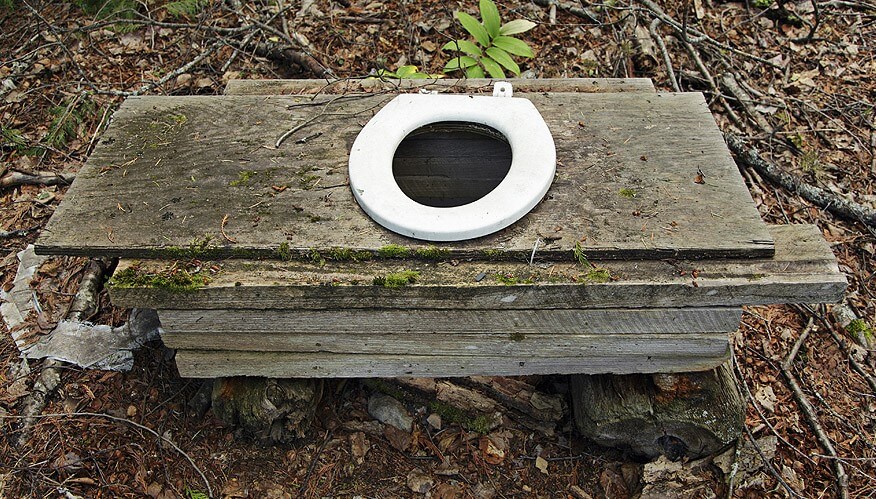
The most serene and adventurous trails will rarely have washroom facilities along the way, leave alone an outhouse. Therefore, you might as well be prepared when that unavoidable call of nature comes calling.
Don’t shy away from trailing the backcountry for its lack of indoor plumbing. Instead, learn how to do your number twos right and safely in the wild. This guide will help with exactly that and further, it will offer you some insights on proper waste disposal and the Leave No Trace principles.
Keep in mind that when done irresponsibly, the bacteria and viruses present in human poo may contaminate water and cause giardia, typhoid, hepatitis, salmonella, blue baby syndrome, dysentery and other gastrointestinal complications.
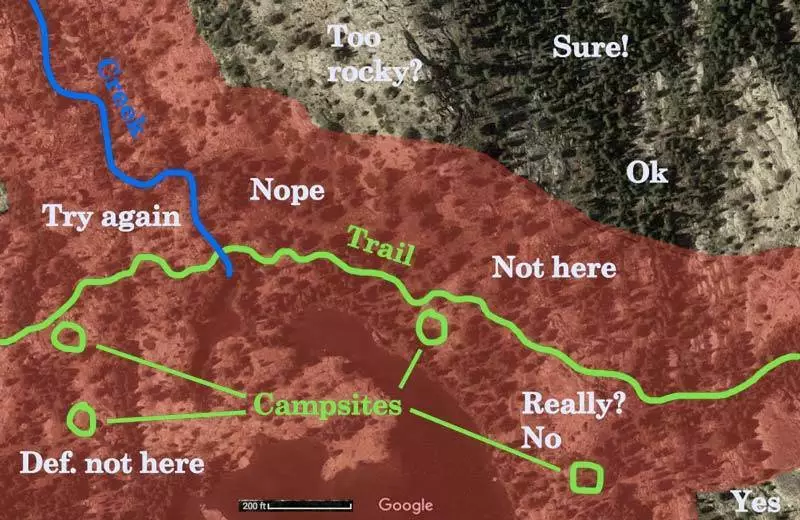
Burying and packing out human waste are two of the most common methods of dealing with this issue. The choice for either will mostly be dependent on the environs, site rules and the level of environmentalism in you.
Many locations consider burying as an effective and standard method of dealing with human excrete.
Firstly, you need to identify a secluded area that’s at least 200 feet away from any camp, trail or water source. The spot should preferably have deep organic soil, which is mostly dark and rich-colored, since the organisms within help decompose the ordure much faster.
You may also try a site with maximum sunlight exposure such as ridge tops and South-facing slopes, as the sun’s heat will accelerate decomposition. Lastly, an elevated site will ensure that there’s no possibility of water going up there during rainstorms or runoffs.
Secondly, using a trowel, shovel or any other suitable digging tool, dig a hole that is 6-8 inches deep and 4-6 inches in diameter. Keep the dirt to one side.
After doing your business, bury your number two with the dirt and disguise the area with natural materials and don’t place a huge rock on top as that would block out sunlight.
If trailing or camping with buddies, a latrine will be more feasible and less destructive to nature. The single-serve hole can be “filled up” from one side and covered slightly with dirt after each use. The dirt will speed up decomposition and reduce odors.
A latrine will also be more applicable if staying in one area for longer than a couple of nights. Another good practice for group of campers is to use widely dispersed cat holes and ensure that they don’t use them more than once.
Plain, white, unscented tissue paper can be buried with the human waste but wet wipes or other non-biodegradable options must be packed out in a strong Ziploc bag. However, for a truly environment-first approach, bury the tissue paper deeply or pack it out.
In cases where burying is not acceptable, land managers advice on packing out solid human waste to appropriate waste disposal points. EPA-approved pack-out systems offer an easy to use and sanitary waste management option for hikers, campers, and backpackers alike.
In Alpine regions and narrow river canyons, land managers require that all doo-doo be packed out. Furthermore, to sustain and preserve our shared beautiful trails, parks, and recreation lands, pack out systems should be the norm in place of cat holes.
The pack-out systems, famously known as WAG bags, have gelling compounds within them to suppress odors for easy and worry-free portability. The bags are safe to throw in the trash or designated bins where present.
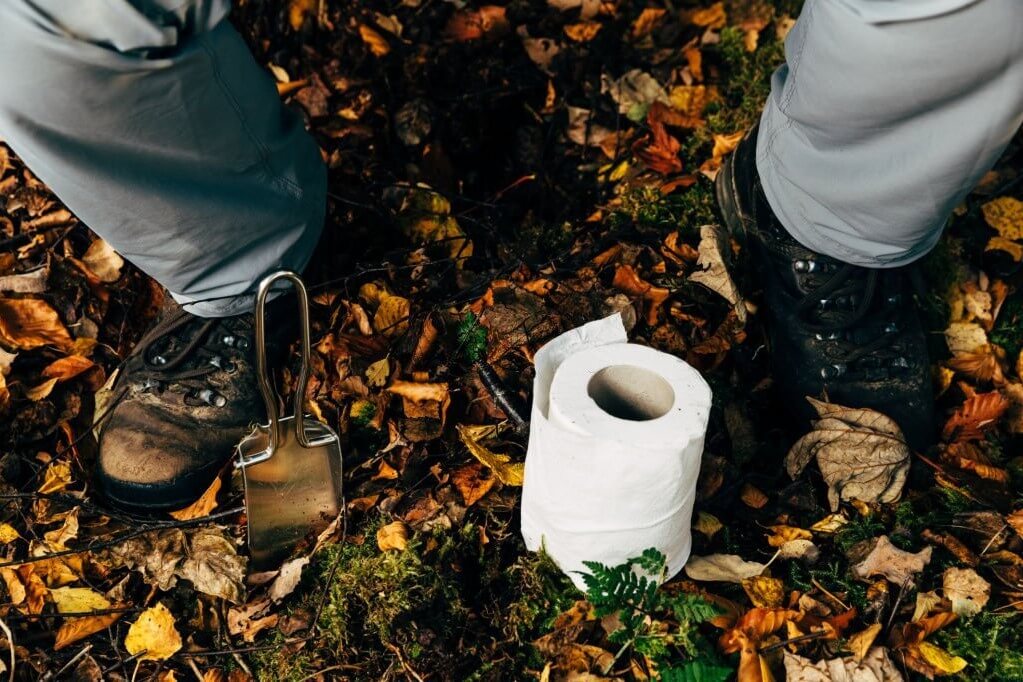
It can be all manner of awkwardness trying to position yourself to make that all-important call of nature. Typically, you want to go with the positioning that is most comfortable for you and probably the one that enhances agility in case of a sudden intrusion.
That said, there are four favorite positions among outdoorsy folks namely;
Regardless of your style; the hole digging, cleanup and waste disposal methods follow the prescribed procedures as earlier outlined.
This is a more natural style of doing a number two. The position is self-explanatory; simply keep your bum away from the backs of the feet and hold onto your knees for support and stability.
In this positioning, you dig a hole a foot away from the tree’s base then hold on to its trunk for support. Lean back and slightly bend your knees, do your business and try not to let go until you’re done.
Also note that your bum shouldn’t be directly over your knees, else it won’t be pleasant.
The throne position is an alternative to this and will involve pressing against a tree while ensuring your thighs are parallel to the ground. Preferably you want the number two to run away from you so pick a spot with a slight inclination.
Also known as the butt hang, this style works by improvising a fallen log or boulder as a toilet seat. The hole is dug on the other side of the “seat” for a more at-home comfort and feel.
This is definitely for the playful adventurous types in your group as it will require some teamwork. You will need to team up with a friend you’re very comfortable with, hold each other’s hands, lean back in unison and do your business.
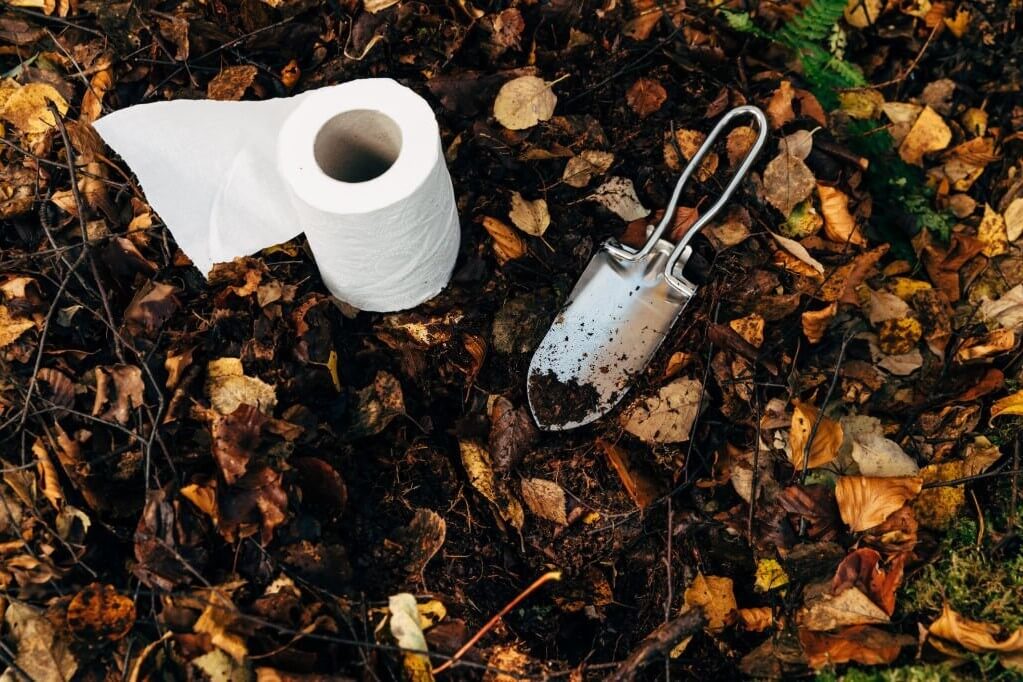
If you do have tissue with you, ensure that it is plain, white and unscented for the environment’s sake. Else, Mother Nature has got your back as you can improvise with stones, snow and vegetation to serve as natural wipes.
Leaves from lamb’s ear, spruce, hemlock and big leaf aster are safe to wipe. Any leaves of three like poison oak, poison ivy and poison sumac are to be avoided at all costs.
Cow parsnip, leadwort, devil’s club and stinging nettles make for terrible tissue paper alternatives, so keep away from them as well.
Make sure you clean your hands after wiping to avoid contaminating your water bottle or foods later on. A moist towel or a backcountry-safe hand sanitizer will do the trick and fun fact; snow is an awesome natural bidet.
According to the Leave No Trace principles, proper waste disposal should be exercised for the following reasons;
After all, you wouldn’t want to step on someone else’s doo-doo while on a trail or at camp, now would you?
Some trails may have the eventual outhouses, which are well-made to compost fast and efficiently while locking in most smells. The outhouses also offer quite the view as you are dropping logs, however, not many will have the same pleasures.
Cat hole burying and packing out are the most effective ways to dispose of human waste. Packing out will require a sealable plastic bag, a camp trowel, and solid waste containers or bags. Even though the waste bags are leak proof, place them in another sealable plastic bag for good measure.
Some other unorthodox methods of disposal include; smearing the number two on a rock or tossing it in specific zones. Just as you would smear peanut butter thinly on your PB&J sandwich, the same can be applied in waste disposal as it allows for maximum sunlight exposure.
The sunlight exposure sterilizes the matter and eventually, the rains will wash the mess away. Tossing the bagged doodoo should only be done if going through steep, rocky surroundings away from water sources and people.
It should be noted that burying and packing out are the MOST efficient and effective ways to dispose of human feces and further, the last two methods should be a last resort measure.
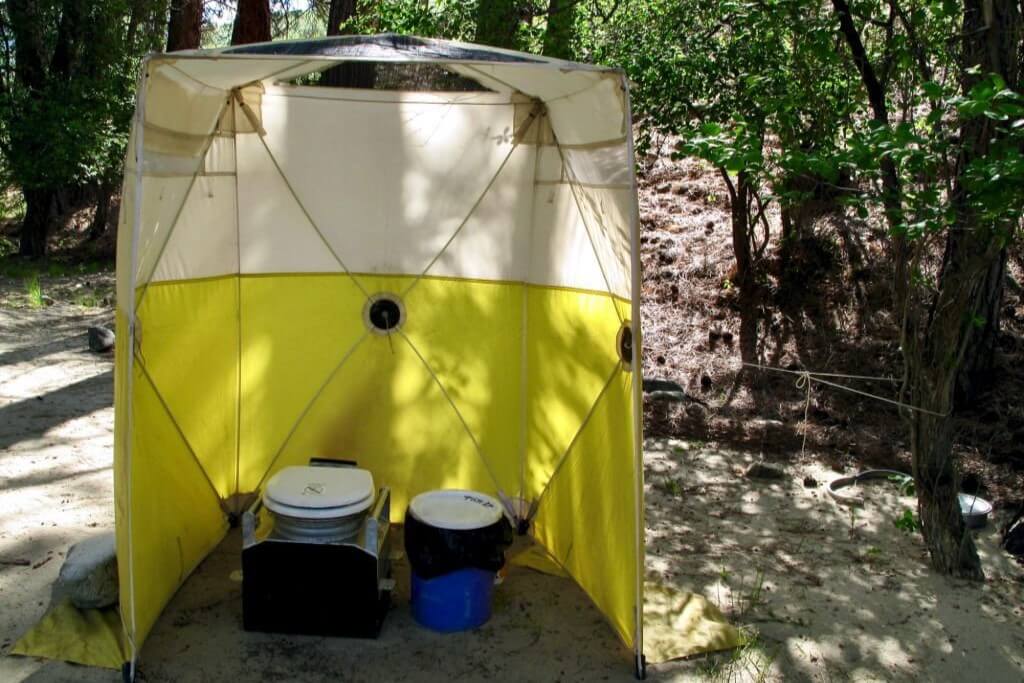
If traveling with a large party or to undeveloped areas, a cat hole may be too cumbersome and messy to deal with. Luckily, you will be spoilt for choice on the many portable and easy-to-use toilet options we have in the market today.
You can find conventional flushing and composting toilet types that are sturdy and portable enough for your camping trip. You get to enjoy homey conveniences such as flushable loos, easy to clean operations and quick, worry-free disposals.
Bucket type toilets, for instance, offer a basic toilet system on the move so you don’t have to squat or even spend countless hours scouting for an appropriate location to relieve yourself.
Also, for the diehard squatters, there are plenty of folding toilet seats available in the market that can be used for cat holes or even with doo-doo waste bags.
Whether you engage in fishing, camping, hunting or even RVing camping activities, portable toilets offer a comfy, budget-friendly and mess-free method to deal with human waste while ensuring the environment stays unadulterated.
Irresponsibly-disposed human waste is not only detestable but also poses a health risk to humans and is dangerous to aquatic life.
We all love and enjoy the great outdoors so let’s embrace the Leave No Trace principles and more so learn how to efficiently attend to this problem. After all, a call of nature is expected, it’s how we respond to it that we need to take charge and be in control of.
What do you think? Let us know in the comments section below.
Charlie Leone
Website Owner/Editor
Welcome to CampingManiacs